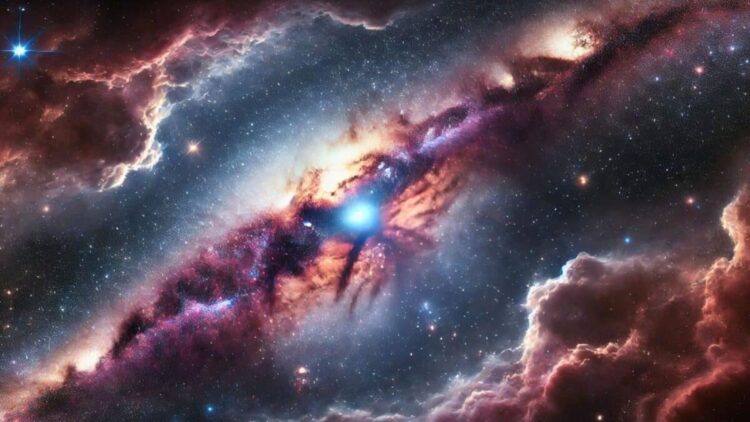Scientists have discovered an interstellar tunnel that could lead to other parts of the Milky Way from our Solar System. This tunnel is situated in the Local Hot Bubble, a low-density, X-ray-emitting gaseous region in the immediate neighborhood of the solar system.
These new results pave the way to a deeper knowledge of the Milky Way and how our Solar System is connected to the rest of the Universe.
What is the Local Hot Bubble, and how does it impact our understanding of space?
The Local Hot Bubble (LHB) is a very large volume of low-density gas and plasma that extends from the vicinity of the Sun and beyond. It consists of million-degree gas and has no interstellar dust, making viewing its X-ray emission easier for astronomers.
Scientists think this is the result of a supernova that occurred millions of years ago. These stellar events expelled hot gas and created a massive cavity, making it an excellent subject for study. New data from the eROSITA X-ray telescope outside the geocorona have allowed a better understanding of this region and its features, such as its growth rate and shell structure.
The most fascinating of them is the tunnel that leads away from the star system toward the Centaurus constellation. This tunnel is effectively a hole in the cooler interstellar medium and links the Local Hot Bubble to a neighboring area, potentially another ‘superbubble’ generated by such stars.
The tunnel seems to have been created by super storms or stellar explosions from young stars that blow cavities in the surrounding cool gas clouds. Though its final location is unknown, the tunnel could be useful in mapping out the relationships between the Milky Way and the process of exchanging gas and energy between different areas of the galaxy.
How supernovae and stellar winds play a role in shaping the structure of the galaxy
The effects of supernovae and stellar wind can also explain the origin of the Local Hot Bubble and the interstellar tunnel. They give a large amount of energy, determining the galaxy’s distribution and the process of making new stars.
When supernovae blow their outer shells, they contribute to the expansion of such bubbles; stellar winds from young stars, on the other hand, supply the energy needed to maintain the large networks of gas conduits. This stellar feedback mechanism is critical in sustaining the delicate dynamism within the Milky Way to allow matter and energy to move across huge distances to define the galaxy’s evolution.
The discovery of the interstellar tunnel and the detailed survey of the Local Hot Bubble is a major step in exploring the Milky Way. However, by relating these cosmic events to the larger scales, like the scales of the Gum Nebula and other molecular clouds, researchers are starting to get the bigger picture of what has happened and what is to come in the Milky Way.
Further improvements such as the eROSITA X-ray telescope show that even more can be learned about the structure of the galaxy and its crudely understood forces of expansion.
Unlocking the mysteries of the galaxy’s interconnected structures
The discovery of the interstellar tunnel and the connection with the Local Hot Bubble is a great leap in space research. This discovery is useful in understanding how strong astronomical processes connect and influence the Milky Way’s areas.
This is why, by solving these mysteries, scientists improve their understanding of the evolution of the galaxy and how our solar system is located within this vast, highly dynamic system.
With the rapid development of hi-tech facilities, such as the eROSITA X-ray telescope, the opportunity to reveal deeper secrets of the universe is increasing. These discoveries repeatedly remind us that people will always try to understand the world and our universe.

